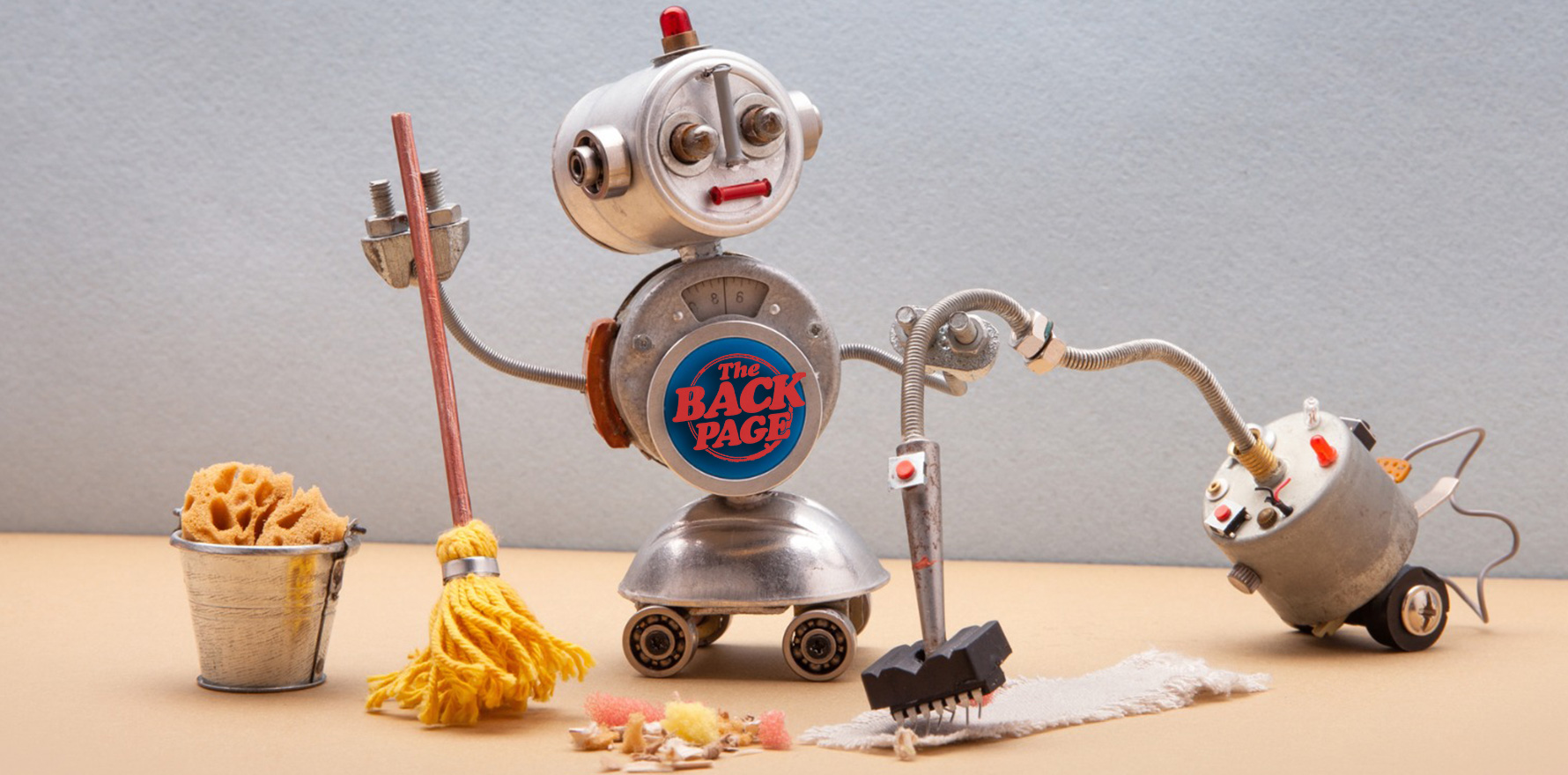One internal medical device helps out another.
“Swarms of microrobots injected into the human body could unblock internal medical devices and avoid the need for further surgery,” the UK’s University of Essex announced last month.
Now, a “swarm” of anything doesn’t sound like your best friend when it comes to internal medicine, but we’ll hear them out.
In a proof-of-concept experiment, the team, led by micro-robotics expert Dr Ali Hoshiar from the university’s School of Computer Science and Electronic Engineering, turned its attention to medical shunts, which drain excess fluids from the internal organs.
Like your common-or-garden drain, shunts get clogged up now and then and calcification within the shunt’s walls can lead to its failure. Currently, fixing that up means hauling the patient in for surgery.
The team has figured out how to clean the proverbial drain using magnetic nanoparticles, a solution that would be both wireless and far less invasive. Each microrobot is smaller than the width of a human hair.
“Once the magnetic microrobots are injected into the shunt, they can be moved along the tube to the affected area using a magnetic field generated by a powerful magnet on the body’s surface,” said Dr Hoshiar.
“The swarm of microrobots can then be moved so they scrape away the sediment, clearing the tube.”
Once the swarm has done its job, it can be guided to the stomach via the magnetic field or bodily fluid so it can leave the body naturally. The bots have very high biocompatibility, according to the team, so there’s no toxicity involved.
It’s all a bit reminiscent of the 1966 sci-fi classic, Fantastic Voyage, in which a team of shrunken scientists take a pre-CGI jaunt through the body to remove a blood clot from the patient’s brain.
Back to reality though, and the team claim this as the first proof-of-concept experiment to use microswarms to open a blockage in a shunt. The next stage of research is to get together with clinicians to carry out trials and ultimately reduce the number of revision surgeries and surgical complications.
But The Back Page submits they need to find a more patient-friendly word than “swarm”.
If your medical shunt needs sprucing up, penny@medicalrepublic.com.au should know someone.


